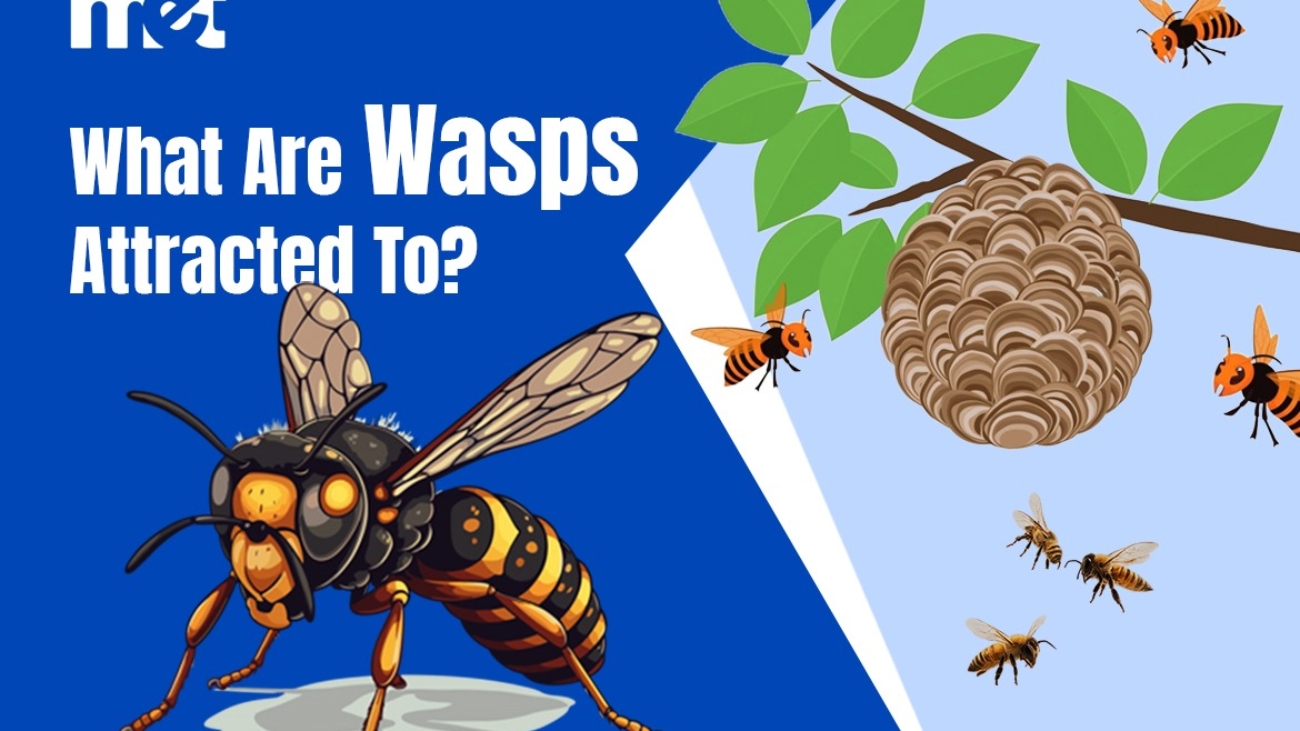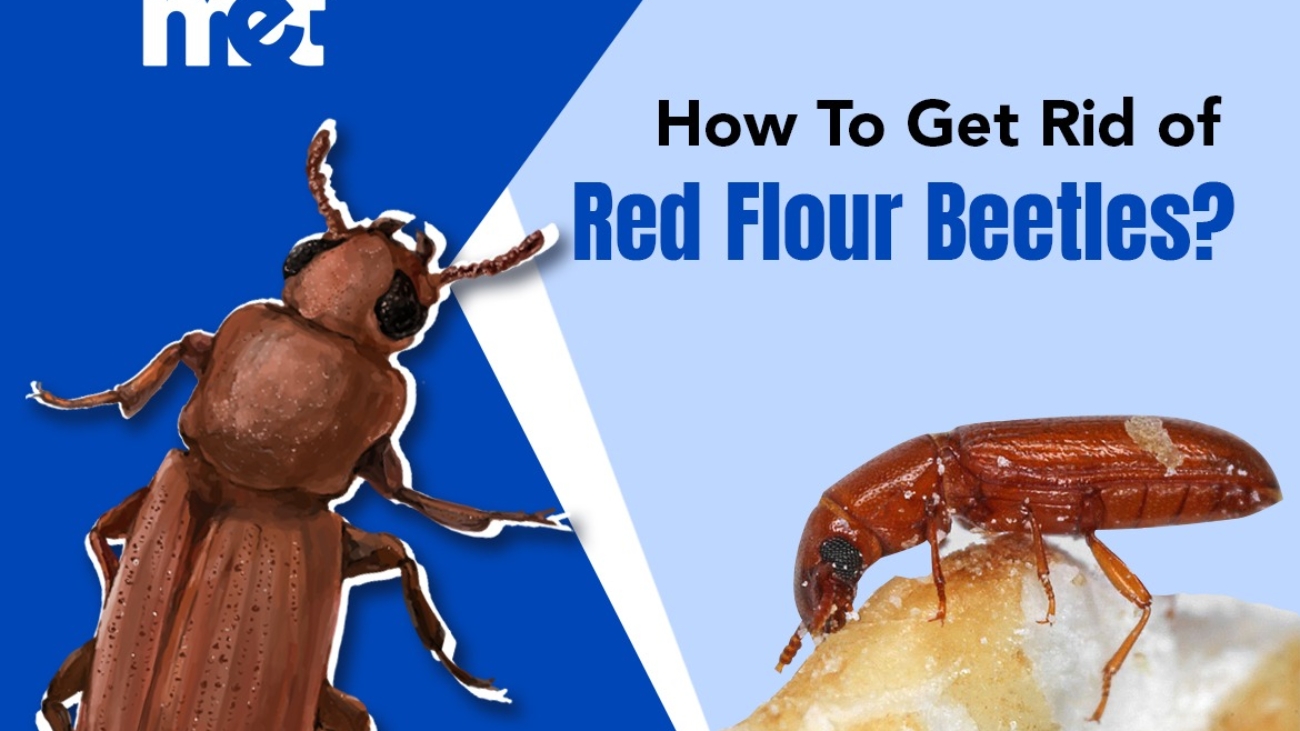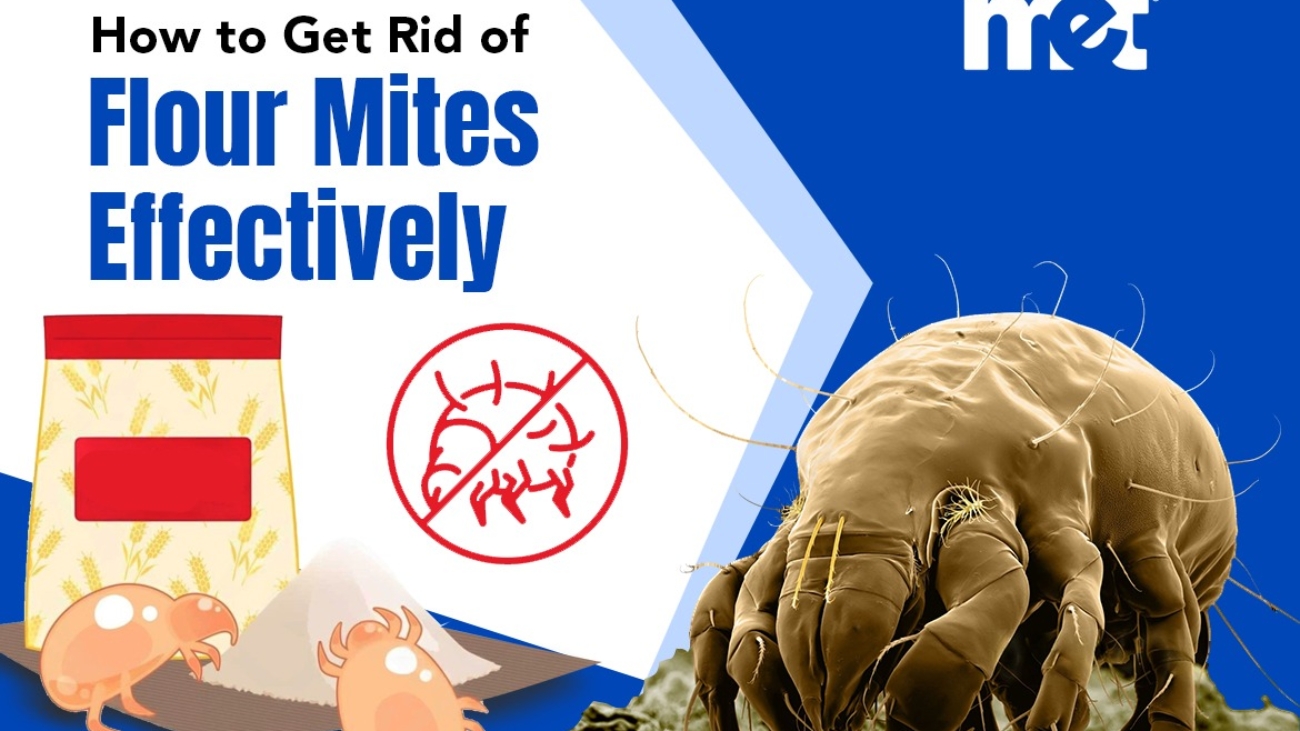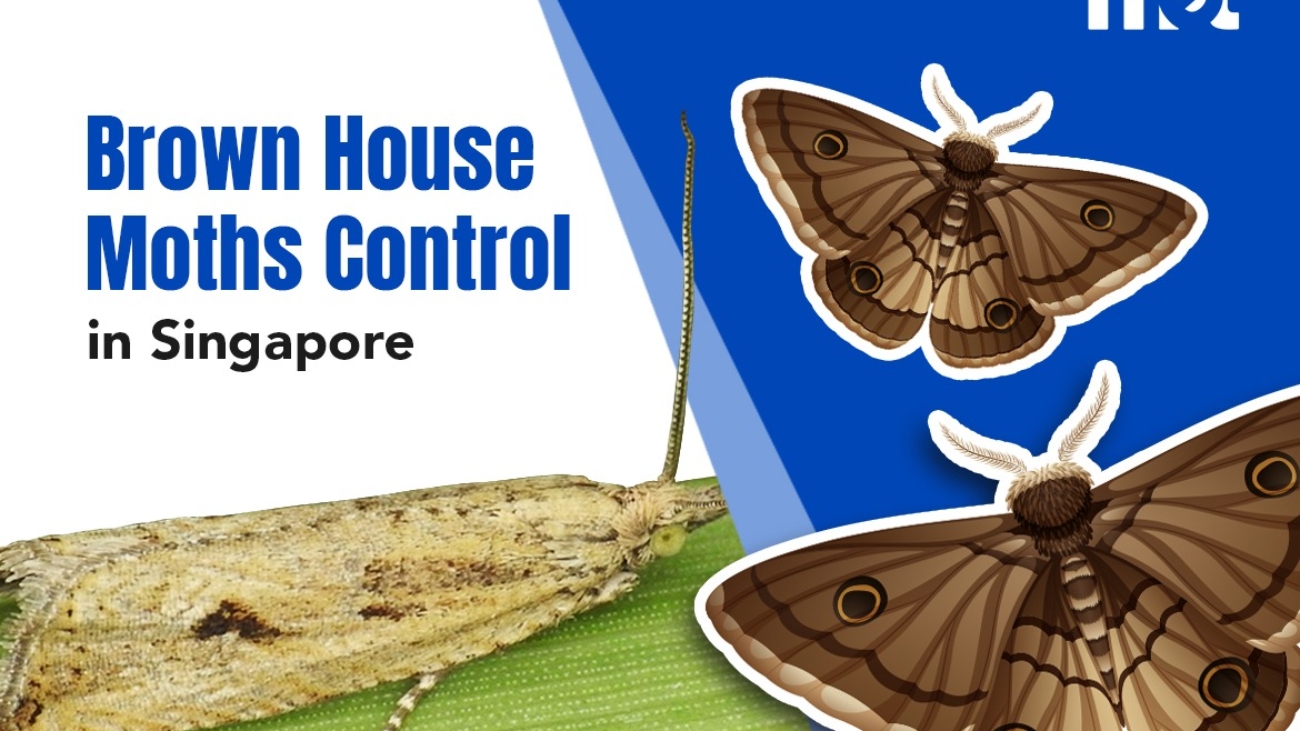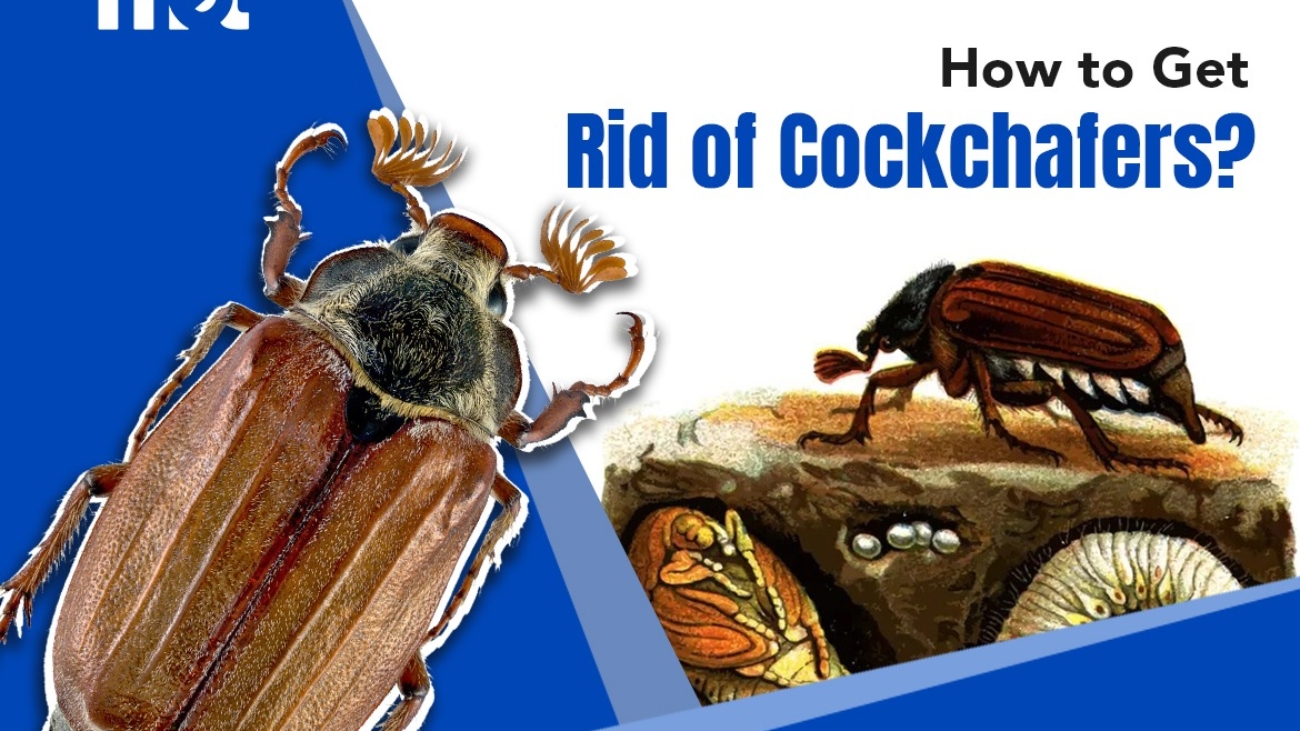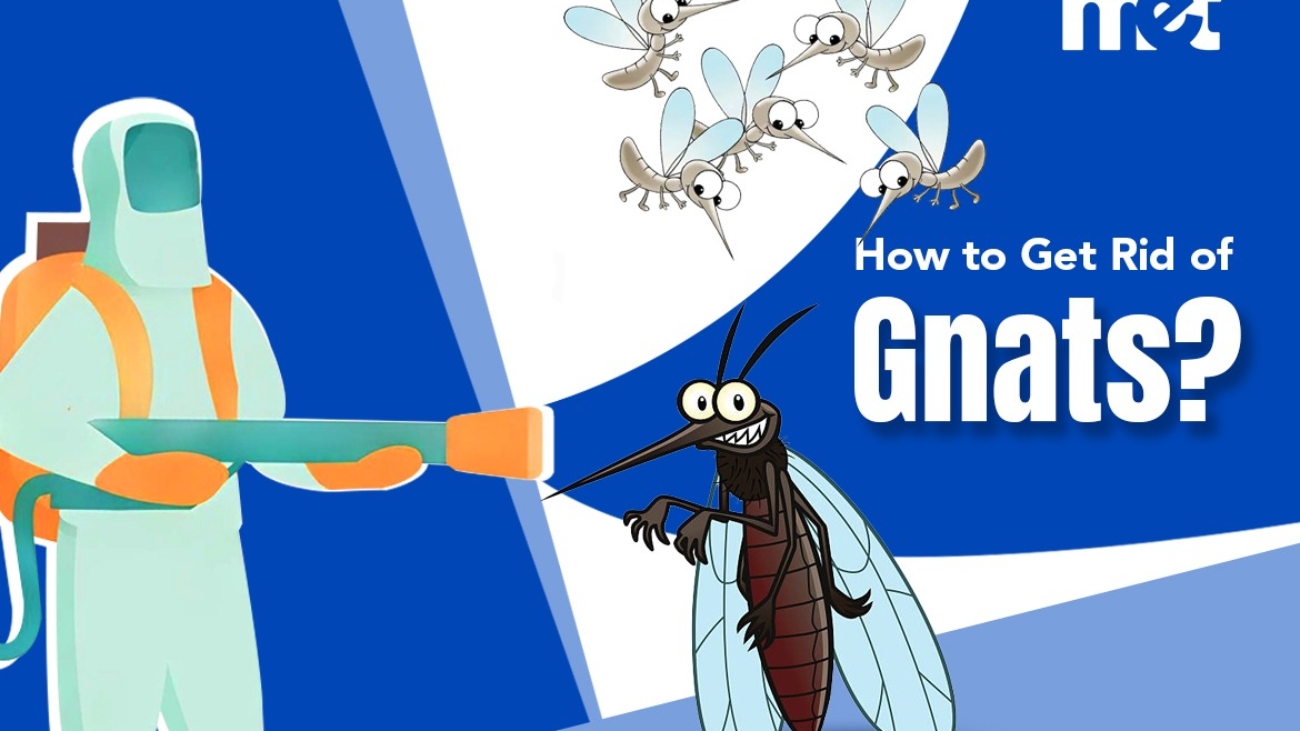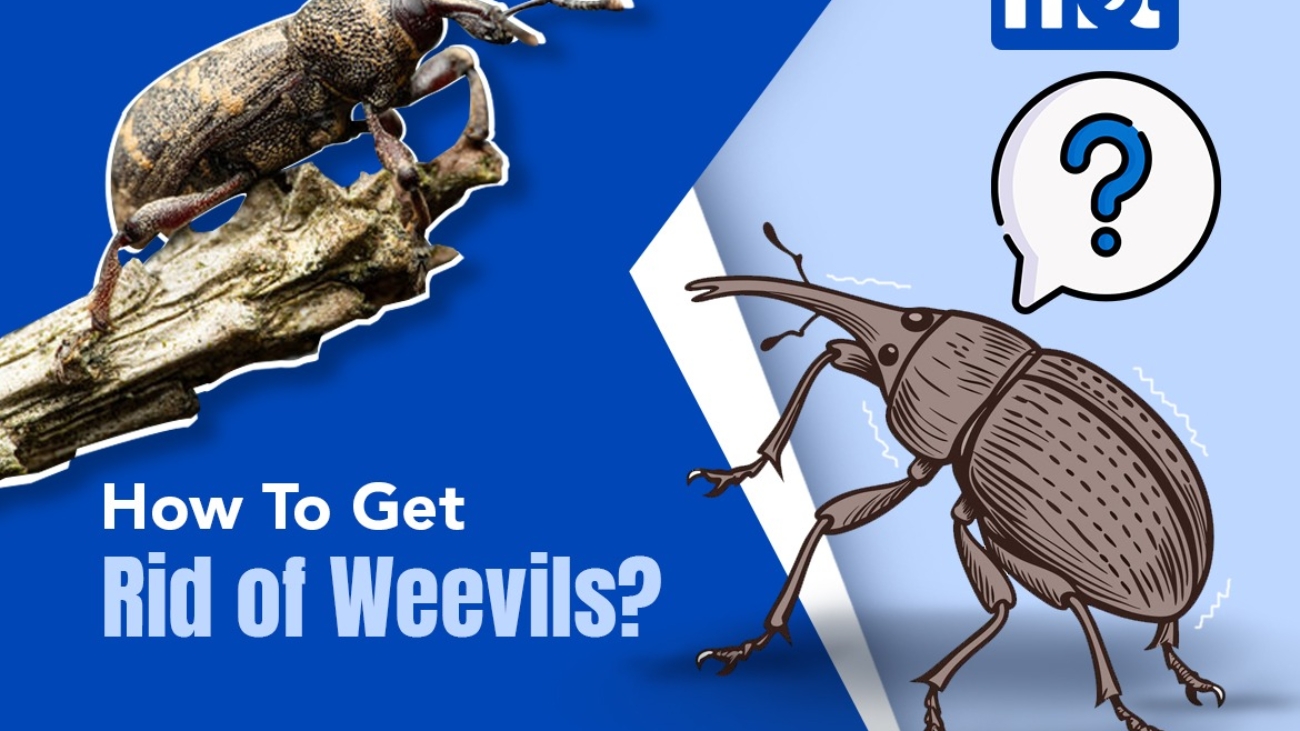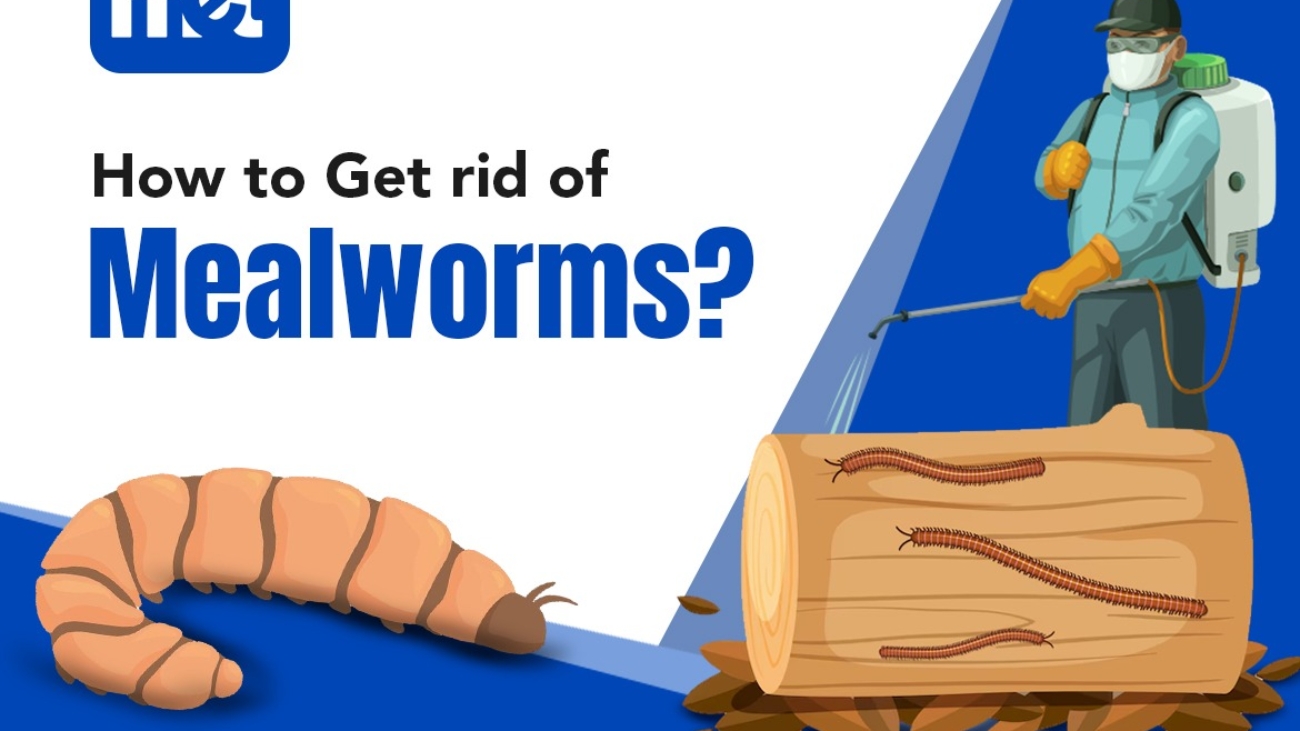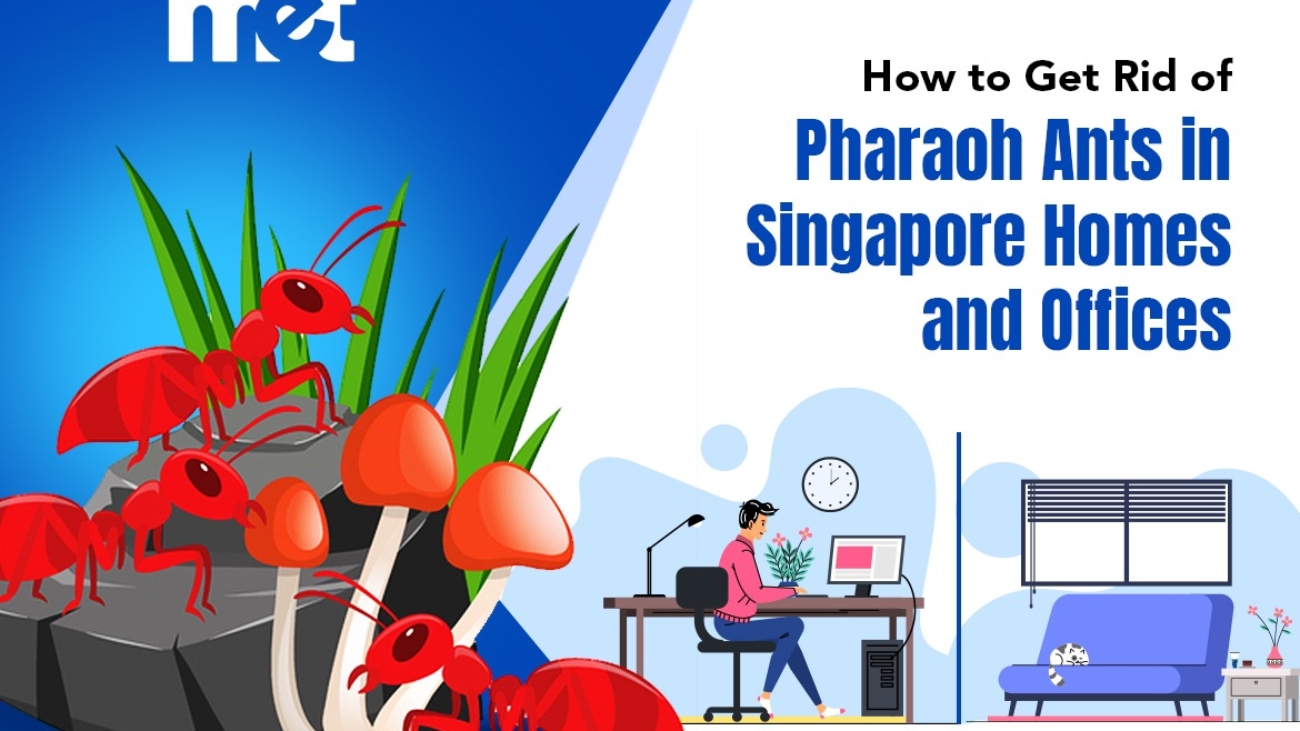Do you constantly see wasps hovering around your premises or office and wonder why they are attracted to specific areas? Are you concerned about the risks that they pose, particularly when you require a clean and secure place? At MET, we realize that know ...
How To Get Rid of Red Flour Beetles?
Did you observe very small reddish-brown insects crawling in your flour, grains, or stored food? Are you concerned about food contamination and seeking the best pest control in Singapore to rectify this issue? At MET, we know how much it infuriates you to ...
How to Get Rid of Flour Mites Effectively
Did you ever open your pantry to discover little bugs infesting your flour or grains? Do you find your food smelling off or clumping up? If so, you might have flour mites, a frustrating but common kitchen issue. At MET in Singapore, we know how fast this ...
Brown House Moths Control in Singapore
Have you noticed tiny brown moths flying inside your home, ruining clothing, carpets, or food stored in the pantry? Do you waste your time hopelessly attempting to eliminate brown house moths that appear difficult to get rid of? Brown house moths are not ...
How To Get Rid of Harvest Mite in Singapore
If you’ve ever dealt with an itchy, red rash after spending time outdoors, harvest mites might be the hidden culprits. Known for their tiny size but big irritation factor, these pests can cause discomfort for both people and pets. Understanding how to rem ...
How to Get Rid of Cockchafers?
If you’ve ever been annoyed by tiny flying bugs around your sink, trash bin, or houseplants, you're not alone. Gnats may be small, but they can be persistent—and incredibly frustrating. These tiny pests thrive in Singapore’s humid climate and can quickly ...
How to Get Rid of Gnats?
If you’ve ever been annoyed by tiny flying bugs around your sink, trash bin, or houseplants, you're not alone. Gnats may be small, but they can be persistent—and incredibly frustrating. These tiny pests thrive in Singapore’s humid climate and can quickly ...
How To Get Rid of Weevils?
If you've ever opened a bag of rice or flour only to find tiny insects crawling inside, you've likely encountered weevils. These pantry pests can quickly take over your dry food storage, making pest removal in Singapore a pressing need for households and ...
How to Get Rid of Mealworms?
If you've opened your pantry and found tiny, crawling mealworms inside your flour, oats, or pet food, you're not alone. These uninvited pests are more common in Singaporean households than you might think, especially due to the humidity and abundance of d ...
How to Get Rid of Pharaoh Ants in Singapore Homes and Offices
Tiny, relentless, and almost impossible to get rid of without the right strategy—Pharaoh ants are one of the most frustrating pests you can encounter in Singapore. They don’t just show up looking for crumbs. They multiply rapidly, spread throughout your h ...

